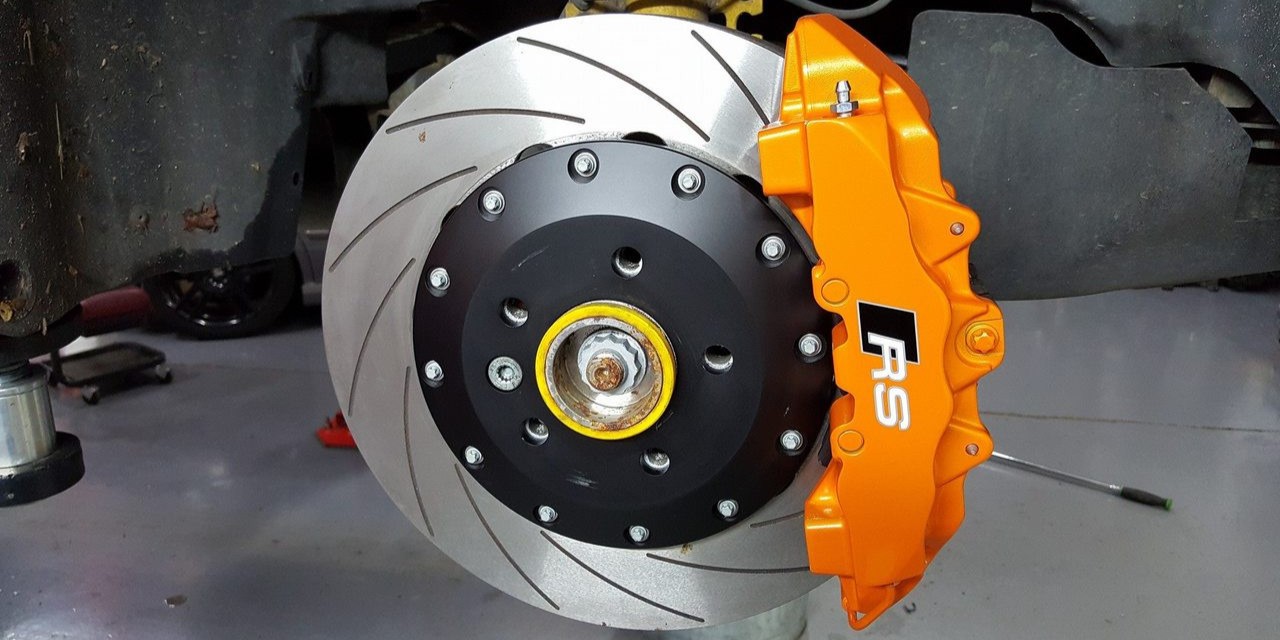Replacing brake calipers is an expensive task, so you may want to look into some ways to reduce the costs. First, you can save on labor costs by doing it yourself, or you can buy the parts yourself and pay a professional shop to install them for you. The labor rate may vary, but on average, you’ll pay around $200 to replace one caliper.
Rear caliper replacement costs are more expensive than front caliper replacement costs
If you have to replace your brake calipers, you should know that rear caliper replacement costs are higher than front caliper replacement costs. You can expect to pay anywhere from $100 to $140 per rear caliper. The cost will depend on the make and model of your vehicle. A remanufactured caliper may cost you between $100 and $200, but you will have to pay more if you have a high-performance or luxury car.
Front brake caliper replacement cost is similar, but the parts and labor are different. The reason for the difference is that the rear brakes aren’t nearly as powerful as the fronts. This means that the parts for rear calipers are smaller and less complex than those for the front. Since the back wheels are linked with the handbrake/parking brake, the labor costs are higher.
Semi-metallic pads last longer
Semi-metallic brake pads last longer than their ceramic counterparts and offer better braking power. They are an excellent choice for people who haul heavy loads or stop and go in heavy traffic. They are also more cost-effective than ceramic pads.
Semi-metallic pads are usually made of copper, iron, steel, or graphite. These pads last longer than organic or ceramic brake pads, but they can also be noisy. They can also result in a higher frequency of brake rotor wear.
Ceramic pads provide better braking performance
Ceramic brake pads are a great choice for most cars. They have a smooth feel and are known for their long life. They also produce less brake dust than other types of brake pads. Since they’re made of ceramic material, most of the dust is vaporized as the brake pads rub against the rotor, so there’s less chance of it sticking to the wheels. These pads tend to be pricier than other types of brake pads, but they’re worth it in the long run. They’re also not recommended for heavy hauling vehicles, and they don’t perform as well in cold weather.
Semi-metallic brake pads are a good option for most drivers, but they’re not suitable for all vehicles. They don’t offer as much bite as ceramic pads, so they’re not ideal for vehicles in very cold climates. They also require more pressure to stop, which may result in excessive rotor wear if the rotors are not of high quality. Finally, ceramic brake pads require a proper brake system to work properly.
DIY is a great way to save on the cost of replacing brakes
There are some things that you need to know before you can replace your brakes. For starters, you must know how to remove a wheel and how to remove the brake calipers. To do this, you will need a portable car jack or a trolley jack. Also, you will need axle stands. To keep yourself safe, you can place a jack stand under the car and jack it up.
There are many tools and materials that you will need to replace brakes yourself, but you should have a basic understanding of auto mechanics. In addition to tools, you will need anti-seize compound, brake fluid, and penetrating oil. You may also need hardware components for the brake pads. If you are not familiar with auto mechanics, consider getting help from a mechanic.
